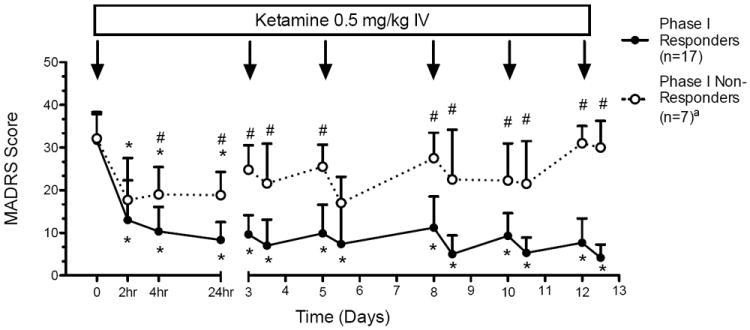Figure 1. Change in Depression Severity Following Repeated Ketamine Infusions in Treatment-Resistant Major Depression.

Figure depicts change in depression severity as measured by the Montgomery–Asberg Depression Rating Scale (MADRS) (mean±SD) over a 12-day period during which ketamine (0.5 mg/kg) was administered IV on a Monday-Wednesday-Friday schedule, corresponding to study days 0, 3, 5, 8, 10 and 12. Trajectories of depression severity are plotted for phase I responder and non-responder subgroups, defined using the final observed MADRS score. Depression severity was initially measured at baseline prior to the first ketamine infusion and then at 2 h, 4 h and 24 h while participants were inpatient. Subsequent infusions occurred on an outpatient basis and depression severity was measured in the morning prior to each infusion and then at 4 hours.
*MADRS score significantly decreased at given time point compared to baseline, p<0.05.
#MADRS score significantly different at given time point between responder and non-responder subgroups.
aThree participants in the non-responder group did not receive all six ketamine infusions.
